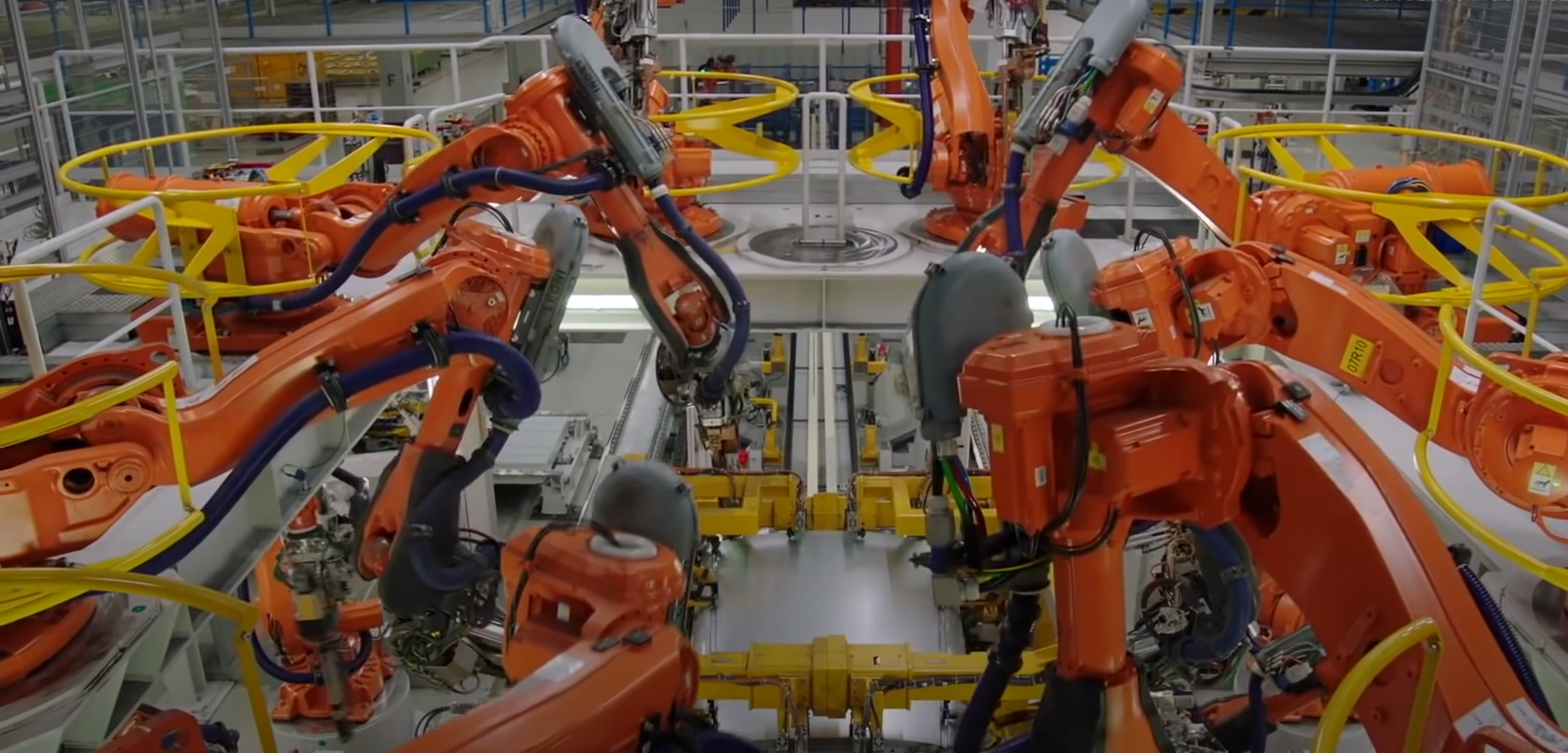
The Historical Foundations of Metallurgy
Metallurgy’s roots can be traced back to ancient civilizations, where early humans learned to smelt metals like copper and bronze. Over time, the knowledge of metallurgy spread, leading to the Iron Age and the development of advanced metalworking techniques. The rise of metallurgy revolutionized warfare, agriculture, and trade, transforming societies and enabling technological advancements. In the contemporary metallurgical industry, the extraction and refining of metals have reached unprecedented heights. Various techniques, including pyrometallurgy, hydrometallurgy, and electrometallurgy, are employed to obtain metals from ores and recycle them from scrap materials. These processes are not only more efficient but also environmentally conscious, aiming to reduce waste and minimize the impact on ecosystems.
Alloying and the Advent of Advanced Materials
One of the most remarkable achievements of metallurgy is the development of alloys. By combining different metals or adding non-metallic elements, engineers can tailor materials with specific properties to meet diverse industrial needs. Stainless steel, superalloys for aerospace applications, and shape-memory alloys are just a few examples of how alloying has unlocked new frontiers in technology and engineering.
Metallurgy and Industry Synergy
Metallurgy serves as a backbone for numerous industries, providing the materials needed to manufacture consumer goods, automobiles, electronics, and infrastructure. Without the advancements in metallurgy, modern progress in telecommunications, medical devices, and renewable energy systems would be unimaginable. The metallurgical industry’s ability to provide tailored materials for various applications is critical in driving innovation and economic growth.
Nulla tincidunt tincidunt sem, sit amet condimentum ex mollis rutrum. Pellentesque habitant morbi tristique senectus et netus et malesuada fames ac turpis egestas.
Advancing Metallurgy in the Digital Age
The convergence of metallurgy with digital technologies has led to the emergence of computational materials science and materials informatics. Researchers now use simulations and AI-driven algorithms to design new materials with desired properties, accelerating the discovery and development of innovative alloys and compounds. These advancements promise a new era of materials engineering with virtually endless possibilities.
Metallurgy stands as a testament to human ingenuity and adaptability. From ancient civilizations to the digital age, this field has continually evolved, transforming raw materials into essential components that fuel our modern world. As we look to the future, the metallurgical industry will undoubtedly remain a driving force behind technological progress and sustainable innovation. By continuing to explore the frontiers of metallurgy and fostering responsible practices, we can unlock even greater potential, shaping a brighter and more promising future for generations to come.







